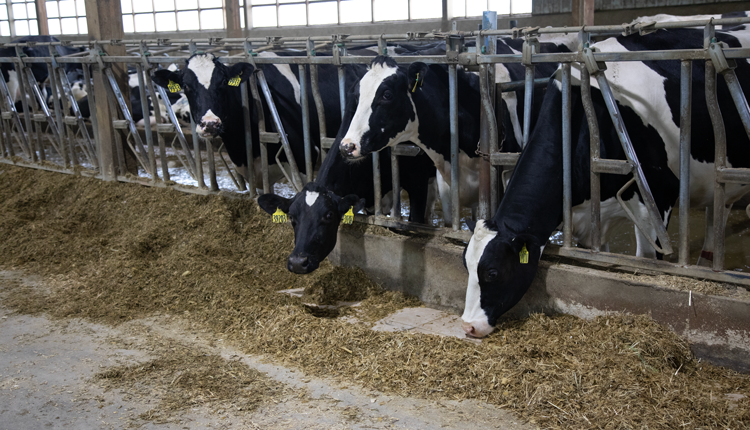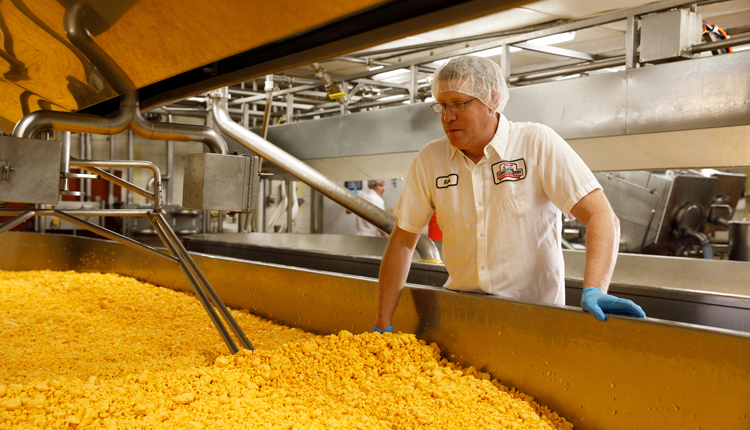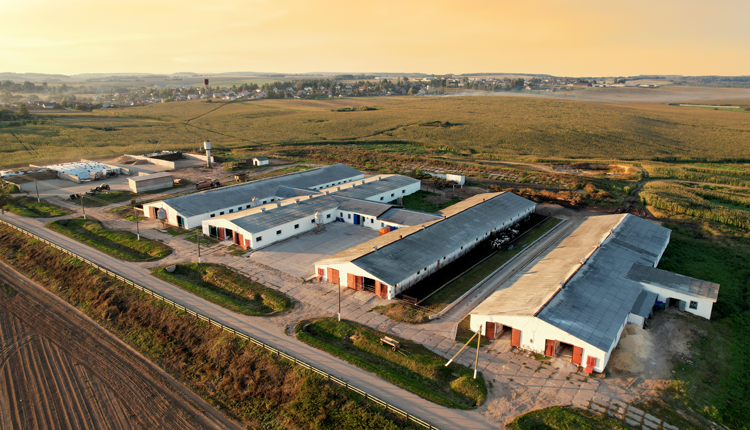
It has been a tough few months as the dairy industry has dealt with COVID-19. With milk processing challenges and the food service demand for dairy products both being negatively impacted, a steep drop in milk prices forced many producers into crisis mode. Class III milk futures for July declined from over $17.50 in mid-February to below $13 on April 22.
But markets have rebounded recently. At the moment, July Class III futures closed above $17 for a handful of days recently, and many longer-term contracts have traded above $16.
Is the worst of the financial storm past?
While we are unlikely to return to the worst of times experienced earlier this spring, there will be several factors challenging dairy markets for the rest of 2020 and into 2021. Don’t miss the opportunity to use current price levels as a means to reduce your risk moving forward.
The daily CME cash price for block cheddar topped $2 per pound on May 28, nearly double the April average level of $1.10 and higher than all but two monthly average prices since October 2014. Some resumption in food service demand and cheese purchases for USDA’s Farmers to Families Food Box Program are likely contributing to recent lofty price levels.
Concerns linger
There is concern for dairy demand moving forward.
Many macroeconomic projections keep unemployment at double-digit levels for the rest of 2020 and 2021, higher than the levels experienced in 2009 and 2010.
There is concern on the supply side, too.
Though April data noted a resumption of declining cow numbers, the industry has a track record of being very slow to reduce supply during tough financial times. Cooperatives introduction of base programs show the stubbornness of milk supplies to adjust lower. Also, milk output in Australia has shown signs of recovery, leading to upward readjusted milk output projections for 2020 output.
While the toughest short-term situation may be behind us, there are still many unknowns and downside risks to navigate moving forward. Though current milk prices may still not be to levels projected earlier in the year, do not neglect the risk management that these prices may offer for your operation. One lesson from these trying times is that calamity often comes without warning, and eliminating at least a portion of future financial risk could be important to an operation’s long-term success.









